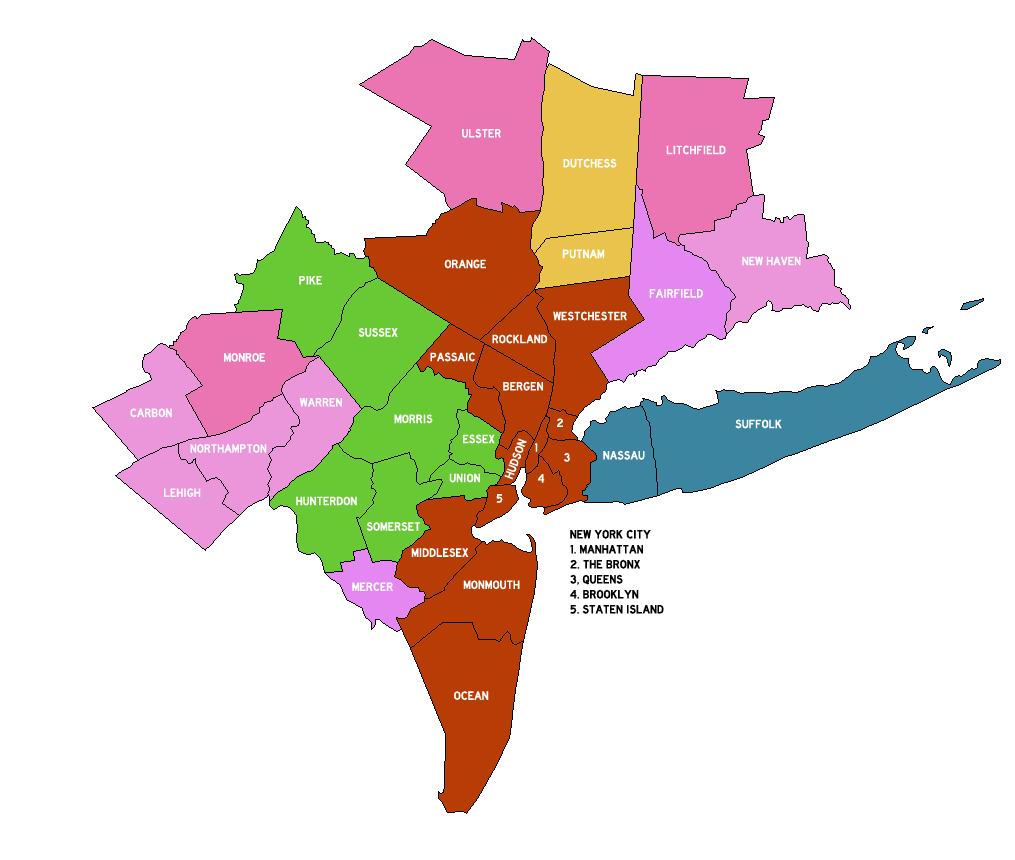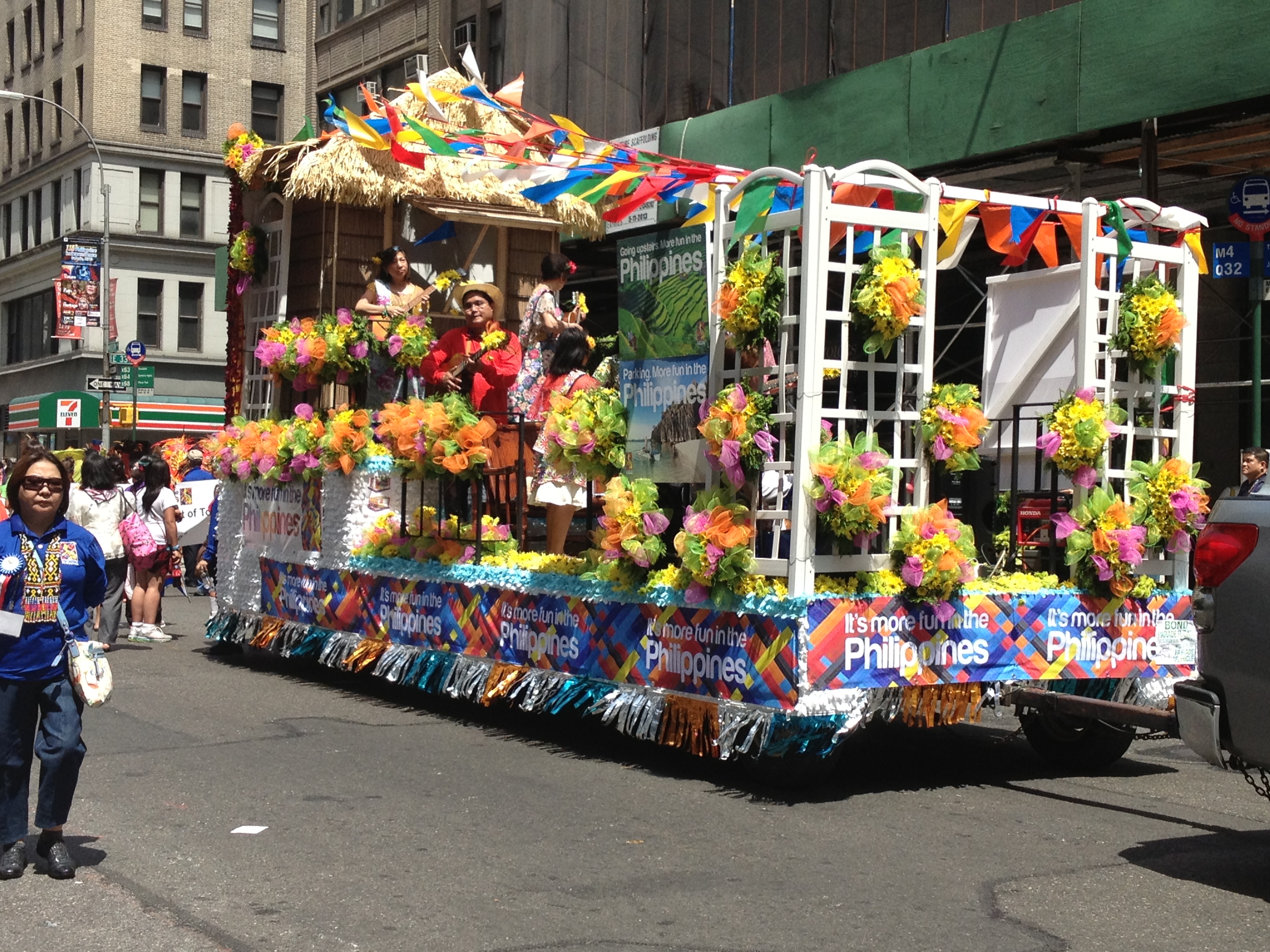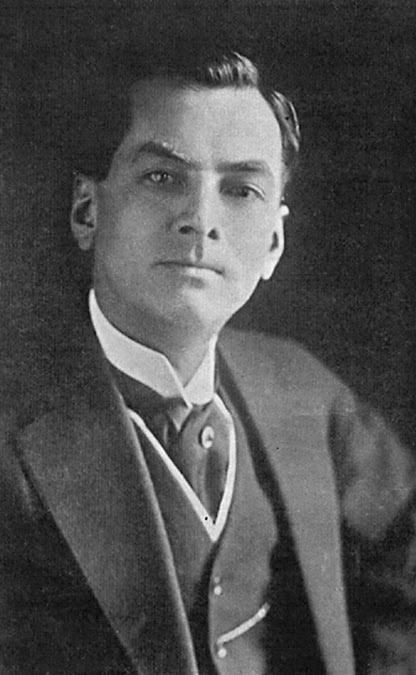|
Filipinos In The New York City Metropolitan Region
Filipinos in the New York metropolitan area constitute one of the fastest growing ethnicities in the United States, and one of the largest and most prominent Filipino diasporas in the Western Hemisphere. By 2014 Census estimates, the New York City-Northern New Jersey-Long Island, NY-NJ-CT-PA Combined Statistical Area was home to 262,375 Filipino Americans, 221,612 (84.5%) of them uniracial Filipinos. History New York City has a shorter settlement history compared to historically more common locations for Filipinos to immigrate to, such as the West Coast. Early demographics While larger populations Filipinos immigrated to New York City after 1965, many Filipinos began arriving in New York in the early 1900s. Many came to study as ''pensionados'' (or sponsored students) in universities like Columbia University and New York University. Like other immigrants at the time, these Filipinos entered through Ellis Island; Manuel Quezon and Carlos Romulo are among the small group of Fil ... [...More Info...] [...Related Items...] OR: [Wikipedia] [Google] [Baidu] |
Philippine Independence Day Parade
The Philippine Independence Day Parade, in New York City, the world's largest outside the Philippines, takes place annually in the United States along Madison Avenue in the Manhattan borough. The parade is held on the first Sunday in June. Its main purpose is to create awareness of Philippine culture and to raise funds for charity projects in the Philippines and the United States. Philippine Independence, as a celebration in America, has gained cultural awareness prominently after the 21st century began. Earlier generations of Filipino immigrants did not celebrate Philippine Independence in significant ways. Philippine Independence Day is widely celebrated among Filipinos in the United States and is now a major event for many Filipino Americans to rekindle their roots and heritage. Many areas where there are significant Filipino American populations in the United States celebrate Philippine Independence in the month of June. The largest among Philippine Independence celebrations ... [...More Info...] [...Related Items...] OR: [Wikipedia] [Google] [Baidu] |
Buddhism In The United States
The term American Buddhism can be used to describe all Buddhist groups within the United States, including Asian Americans, Asian-American Buddhists born into the faith, who comprise the largest percentage of Buddhists in the country. American Buddhists come from every ethnicity, nationality and religious tradition. In 2012, ''U-T San Diego'' estimated U.S. practitioners at 1.2 million people, of whom 40% are living in Southern California. In terms of percentage, Hawaii has the most Buddhists at 8% of the population, due to its large Asian-American community. Statistics US States by Population of Buddhists Hawaii has the largest Buddhist population by percentage, amounting to 8% of the state's population. California follows Hawaii with 2%. Alaska, Arizona, Colorado, Connecticut, Illinois, Kansas, Louisiana, Maine, Maryland, Massachusetts, Michigan, Missouri, Montana, New Mexico, New York (state), New York, Ohio, South Dakota, Tennessee, Texas, Utah, Vermont, Virginia, Washington ... [...More Info...] [...Related Items...] OR: [Wikipedia] [Google] [Baidu] |
Manuel Quezon
Manuel Luis Quezon y Molina, (; 19 August 1878 – 1 August 1944), also known by his initials MLQ, was a Filipino lawyer, statesman, soldier and politician who served as president of the Commonwealth of the Philippines from 1935 until his death in 1944. He was the first Filipino to head a government of the entire Philippines (as opposed to the government of previous Philippine states), and is considered to have been the second president of the Philippines, after Emilio Aguinaldo (1899–1901), whom Quezon defeated in the 1935 presidential election. During his presidency, Quezon tackled the problem of landless peasants in the countryside. His other major decisions include the reorganization of the islands' military defense, approval of a recommendation for government reorganization, the promotion of settlement and development in Mindanao, dealing with the foreign stranglehold on Philippine trade and commerce, proposals for land reform, and opposing graft and corruption within ... [...More Info...] [...Related Items...] OR: [Wikipedia] [Google] [Baidu] |



